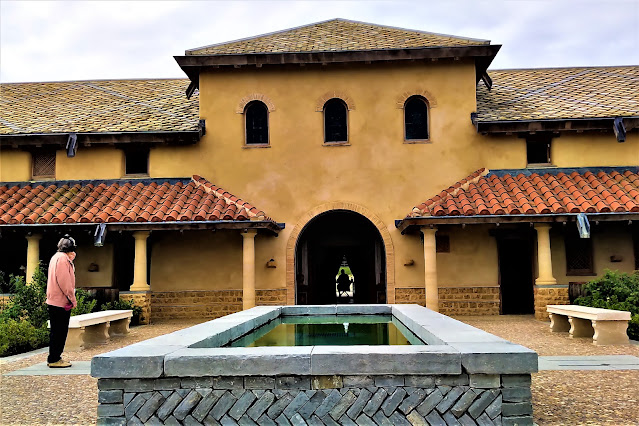Santa Maria: Columbus' Ship
Introduction
Yesterday, I visited a full-scale replica of the 15th century sailing vessel 'Santa Maria' which was moored in St Katherine Docks, a marina in central London. Location is close to the Tower of London, a top tourist attraction.
Information on Columbus' Voyage
The original Santa Maria was the lead of a group of three vessels, sponsored by the Spanish Crown, which set sail from Huelva (S.W.Spain) on August 3rd, 1492 on a defining voyage which resulted in discovery of the New World thirty-three days later. The supporting vessels were La Nina and La Pinta.
Although perceived as a high risk venture it seems likely that Columbus had information on what he would find. After all, the Vikings travelled to North America in the 10th century AD and established settlements there.
Columbus' voyage changed the path of universal history and transformed elements of humanity.
Information on the Santa Maria.
The replica discussed here dates from 2018 and is the 6th such vessel built since 1892.
Construction took place over a period of twelve months in the Spanish port of Huelva. The build process entailed combining fibreglass with exterior covering in wood.Carpentry work was undertaken by a group of artisans under a master naval carpenter, This entailed use of 90 cubic metres of iroko, a very hard tropical wood with weather resistant characteristics.
The replica was lunched on March 1st 2018. It is a 200 tonne ship with 28.30M maximum length, 7.96M beam and 3.49M height. Like the original, the replica has three masts comprising the main mast, mainsail mizzen and a bowsprit. Height of the main mast is almost 25M from waterline to highest point.Total surface area of the sails is 250 square metres.The standing and running rigging consists of approximately three kilometres of hemp rope.
The crew of twenty men avail of five triple bunk beds, the captain's bed located in the quarters of the navigation bridge or awning and another two in the hold. Current sailing requirements and legislation requires modern elements such as engines, GPS, radio, radar, fuel tanks, water tanks, gas cooker, showers and sinks.
Cross Section
15th century tools and equipment
Lower Deck
Navigation
For comparison purposes here is my report on a similar replica vessel, the English warship, Golden Hind from the 16th century.












Comments
Post a Comment